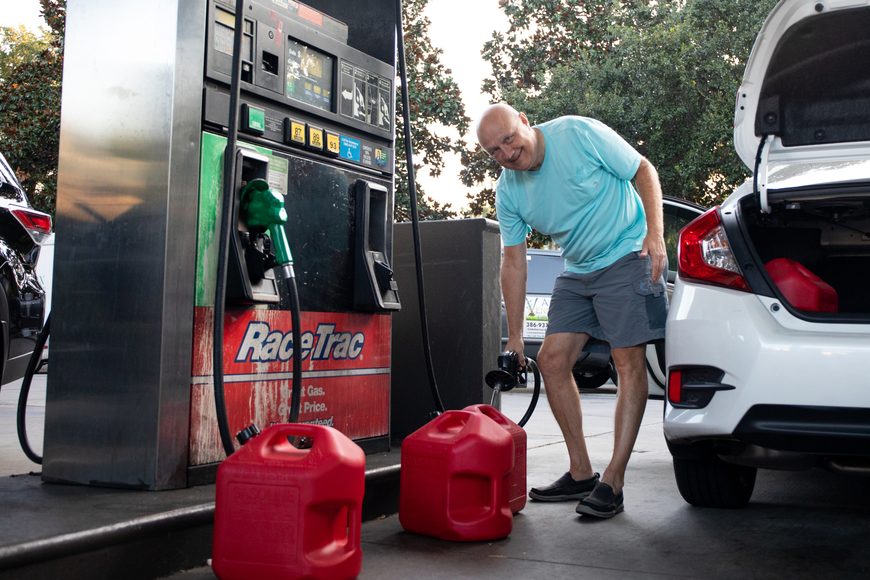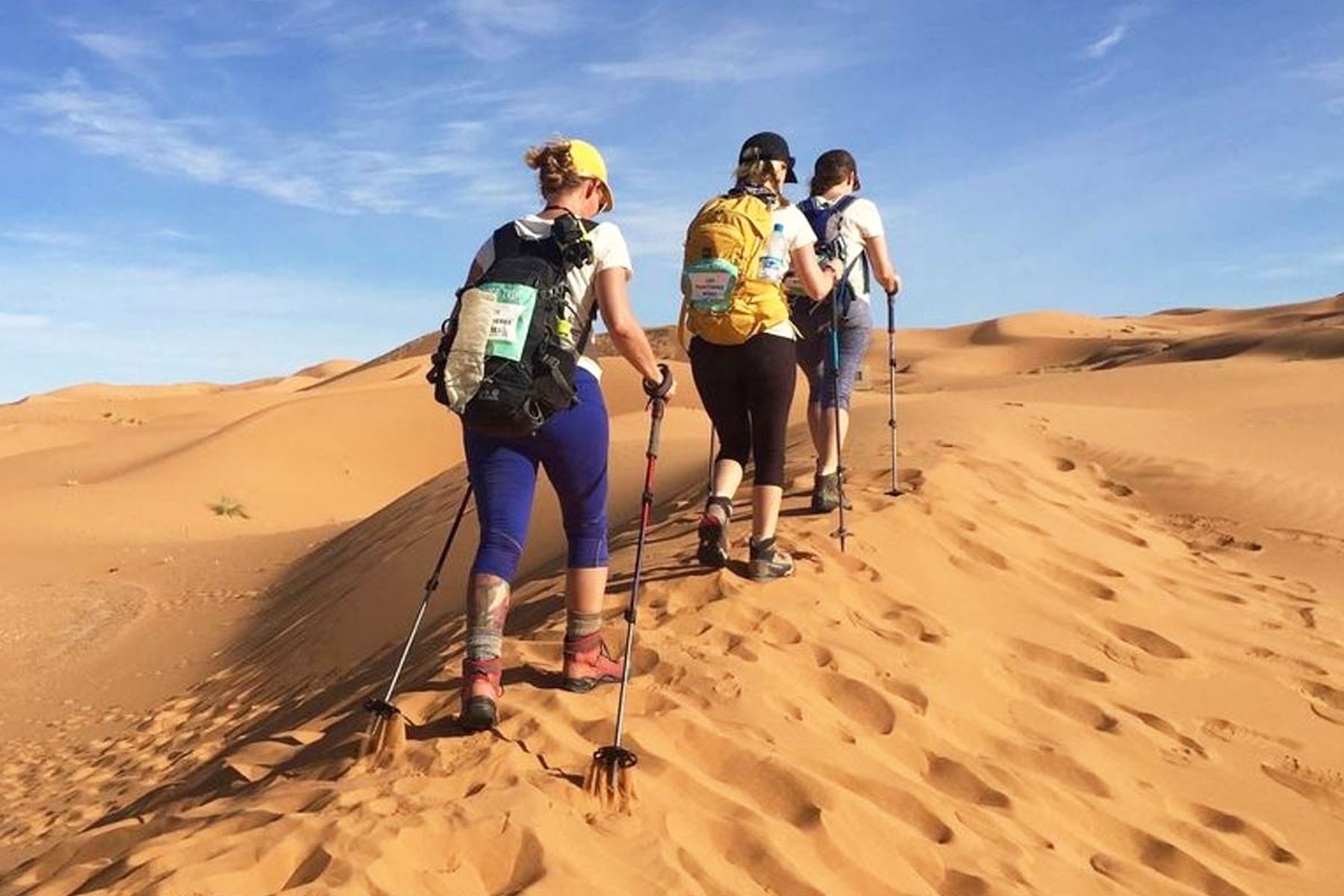
Planning for a SHTF in an apartment is slightly more difficult than planning for a disaster inside a house. Because of the limitations of your apartment and the city in which it is located, you may need to plan differently. It is possible to be a bit more imaginative in your preparations. It is possible to do it with a few tricks. Read on to learn more about apartment-prepping. Our survival articles will provide more details on how to survive in an apartment.
You need to think outside the box when it comes to storage options for apartment prep. You can, for example, use under-the beds storage solutions or food-rotation storage shelves to maximize your storage space. A closet or shelf can be used to store food and water. You can easily have a fully-stocked kitchen by having multiple ways to store food and other supplies.

Apartment preppers should prepare a first aid kit. It should include basic supplies for common ailments and injuries. It should contain a toolkit. It should contain basic tools, like screwdrivers and hammers. You can repair or repurpose items lying around the apartment with these tools. Do not forget to stockpile essential supplies as well as weapons while you are at this.
If you live in an apartment, you'll want to make sure that you have a bug-out bag and bug-out plan. The safest, most dry location where you can seek refuge during a disaster should be your bug-out area. In the meantime you can make sure to have some canned goods, pickled foods, and freeze-dried ratios. Keep your first aid kit well-organized and safe away from heat and dust.
As with any kind of prepping, you'll need to have a plan in place to get the most out of your supplies. Most preparedness information focuses on homes. Apartments are more difficult to prepare because there is less space. You'll have a better chance to survive in a disaster if you're creative enough and have the time to plan.

Prepping is not complete without planning your apartment. Aside from ensuring you have sufficient food and supplies, it is also important to plan for self defense. Finding enough storage space can be the biggest obstacle to apartment-prepping. You should still have plenty of space for emergency supplies. It is important to plan for all possible situations, including a hurricane, earthquake or flood.
FAQ
Is hunting bears legal in Alaska?
Yes, bear hunting is legal in Alaska. To capture bears some hunters use traps. Others use dogs or traps to track down bears.
The Alaska Board of Game regulates bear hunter. Before they can go into the woods, bear hunters must get a bear license.
Denali National Park Preserve offers bear hunting. Tourists can even go on guided hunts to capture bears.
What is the U.S. Department of Agriculture's (USDA) estimation of deer hunting?
USDA estimates that about 6 million Americans hunt deer. Only about 2.2 Million actually shoot one.
This means that only 0.6 percent kill deer each year.
How many people hunt rifles in the US
Around 2 million hunters use rifles to hunt deer, elk and moose each year.
Most of these hunters come from rural regions and are male.
They typically hunt alone, using either a bow or crossbow, and they usually hunt during daylight hours.
Whitetail deer (68%), mule deer (13%), and black bears (10%) are the most common targets for hunters.
While there aren't any national statistics on how many women hunt this sport, evidence indicates that the numbers of female hunters is increasing.
How much does it take to become a hunter
Hunting costs can vary depending upon where you live.
In some cases, you might only have to pay a small fee to access public lands.
Some states require permits or licenses before you may hunt.
The price of hunting varies based on the type of firearm you use. A rifle usually costs more than a shotgun.
A license cost can be between $10-$50. Additional tags may be required depending on how often you hunt.
Hunting certain species requires a permit. The amount of money you need to buy depends on the size of the animal you intend to kill.
Hunting wild turkeys requires a tag that costs up to $150.
Statistics
- Indiana, for example, saw a 28% jump in turkey license sales during the first week of the season. (stacker.com)
- Thanks to the 1937 Pittman-Robertson Act, an 11% excise tax was placed on the sale of firearms, which were then used for conservation. (stacker.com)
- According to the Wildlife Restoration Act, passed in 1937, most of the state conservation efforts are funded through hunting and fishing license sales and firearms sales. (stacker.com)
- Over the past 50 years, the number of hunting licenses in California has been on a rapid decline, falling 70% from more than 760,000 in the 1970s to under 268,000 in 2020—even as the state's population has skyrocketed, according to The Mercury News. (stacker.com)
External Links
How To
How to find the best hunting spots within the forest
When hunting in good areas, the first thing to do is identify what type of game you want to hunt. There are many kinds of animals and birds that live inside forests. Each species has its own habitat requirements. You won't find any area where you can catch them.
There are two main categories of animals that inhabit the forest: large mammals and small ones. The large mammals include deer, elk, moose, caribou, bear, wolf, and wild boar. The smallest animals are rabbits (squirts), squirrels, hares and partridges. Each species has its unique habitat. This means that you need to pick the best spot before heading out into woods. You can check your local area's flora and fauna list online to see whether there are any endangered species living near your home. You should ensure that you are not poaching in the area where you intend to hunt a particular species.
If you decide to hunt a particular species, then you'll need to know how to properly set up your equipment. The success rate of hunting a particular species will be affected if you don't use the right equipment. If you are hunting rabbits, for example, you will need a gun capable of accurately shooting at close range. However, if your goal is to hunt larger animals like deer or elk, you will need a rifle that can shoot long distances. To attract prey, you will need some kind of bait. Some prefer to place meat inside a trap, while others prefer peanut butter or corn. Whatever your choice, make sure to follow all rules and regulations in the country where hunting is taking place.
The weather, terrain, vegetation, wildlife, accessibility and accessibility are all important factors to consider when hunting. When selecting a place to hunt, always remember that the most important factor is safety. You should ensure that there are no predators or dangerous animals in the area you choose. You should avoid areas with high populations, especially during hunting season. It is important to note the seasons when hunting, as this will help you decide the best time to hunt.
It is important to consider the weather when selecting a hunting area. This is important as it will determine the number of animals you can hunt. In winter, temperatures fall below zero Celsius and snow covers most of the ground. Snow can make it difficult to locate deer, bears or wolves. However, if you're lucky enough to get a clear day, you might be able to spot these animals. On the other side, summer is when temperatures exceed 30 degrees Celsius and the sun warmths the earth. The heat causes animals to flee from the heat in order to find shelter.
Be aware of the terrain. Flat surfaces make it easier to run and walk through the area. However, uneven surfaces can be more difficult. Steep slopes can be difficult to climb and streams and rivers can often create muddy trails. Try to find a place that doesn't have any obstacles, so you can easily travel through the area.
You should look at the vegetation as well as the terrain. Depending on the environment, plants vary in size and density. Smaller animals will benefit from shade and shelter provided by large trees, while smaller animals will be sheltered and protected by shrubs and bushes. For large animals, dense vegetation is the best.
The amount of wildlife should be taken into consideration. Statisticians estimate that North America has more than 100 million deer. They eat nearly half of all food produced by crops and are essential to maintaining biodiversity. If the population grows, it could cause problems for the ecosystem and make them pests. It is therefore important to keep the population in balance.